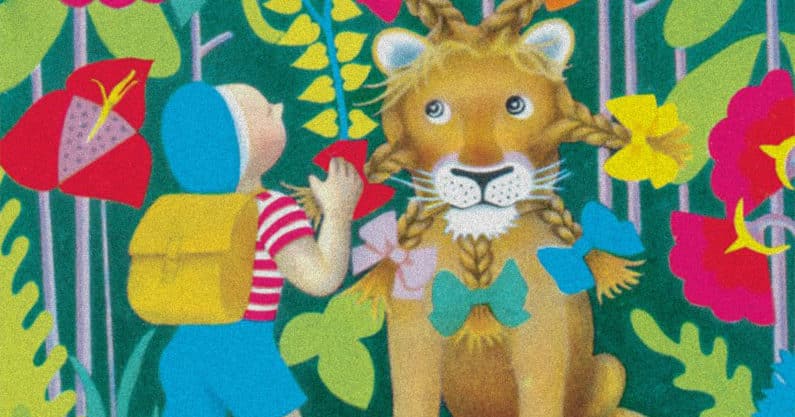This lesson plan focuses on the story My Father’s Dragon, written by Ruth Stiles Gannett. The unit integrates literature, technology, and language arts, designed for students in grades 2-4.
Students will read the story, maintain a story journal, and engage in creative writing by crafting a new ending using the main characters. The lesson also incorporates activities that reinforce story elements, predictions, and the writing process.
Overview of the Unit
Title: My Father’s Dragon
Grade Level: 2-4
Subject Area: English Language Arts (ELA)
Author(s): Nancy Osborn
School Address: Fairground Rd, West Winfield, NY 13491
This unit is based on My Father’s Dragon, a classic children’s book by Ruth Stiles Gannett. The story follows Elmer Elevator, a young boy who embarks on an adventure to rescue a baby dragon from an island filled with wild animals.
The lesson plan is designed to immerse students in rich literature while incorporating essential language arts skills, including reading comprehension, writing, and critical thinking.
Note: The story was adapted into an animated film in 2022. While this movie introduces the story to a broader audience, it’s worth noting that it has sparked some controversy regarding changes made from the book. Depending on the class’s engagement, discussing these differences can enrich the lesson by comparing how stories are interpreted in different media.
Learning Objectives
Students will:
- Understand and differentiate between reality and fantasy.
- Identify and analyse story elements such as characters, setting, plot, problem, and solution.
- Make predictions about the story and support them with evidence.
- Develop creative writing skills by composing a new ending to the story.
- Utilize technology, specifically word processing tools, to produce their written work.
Essential Questions
- How can we support our predictions and opinions with evidence from the text?
- What makes a story engaging and memorable?
Connections to Learning Standards
New York State ELA Standards:
- ELA #1: Reading, writing, listening, and speaking for information and understanding.
- ELA #3: Reading, writing, listening, and speaking for critical analysis and evaluation.
Lesson Activities
Daily Activities (30-45 minutes):
- Reading and Journaling:
Students will read one chapter per day, make predictions, and document their thoughts in a story journal. They will share their predictions and reflections with peers. - Story Webs:
Students will use graphic organizers to sequence events and identify story elements such as characters, setting, and plot. - Reality vs. Fantasy:
Students will identify elements of the story that are realistic versus those that are fantastical. - Writing a New Ending:
After completing the book, students will write a new ending, incorporating the main characters and maintaining narrative coherence. This activity will include drafting, revising, and publishing their work using word processing software.
Final Presentation:
- Students will present their new endings to the class. The presentation will be evaluated using a rubric that assesses clarity, logical progression, body language, and voice.
Technology Integration
Students will enhance their word processing skills by using modern tools like Google Docs or Microsoft Word to draft their new endings. They may also incorporate visual aids using platforms like Canva or Google Slides to make their presentations more engaging.
Unit Schedule/Time Plan
The unit is designed to be completed over two weeks, with daily reading and writing activities. A minimum of 45 minutes each day is recommended to allow for reading, journaling, and story-related activities.
Modifications/Adaptations
Support staff may assist in adapting the lesson for students with different learning needs. Starter sentences, graphic organizers, and other aids can be provided to help all students succeed. The unit can also be adapted for guided reading sessions or applied to other stories with similar themes.
Resources
- Graphic Organizers: Visual Strategies for Active Learning by Karen Bromley and Marcia Modlo
- Activities for Any Literature Unit by Patsy Carey, Cynthia Holzschuler, and Susan Kilpatrick
- Graphic Organizers: Helping Children Think Visually by Kris Flynn
- Great Teaching with Graphic Organizers by Patti Drapeau
Further reading: How to Write a Lesson Plan: 7 Steps

